Popular sports in Japan include baseball, soccer, and basketball, all of which were introduced to Japan from overseas. When talking about sports originating in Japan, martial arts such as judo, karate, and sumo are often mentioned. However, there are many other sports that also originated in Japan. Aside from the traditional martial arts that can be considered a part of Japanese culture, we will introduce the history and details of other noteworthy "sports originating in Japan."
*By purchasing or reserving products introduced in this article, a portion of the sales may be returned to FUN! JAPAN.
Traditional Japanese Martial Arts
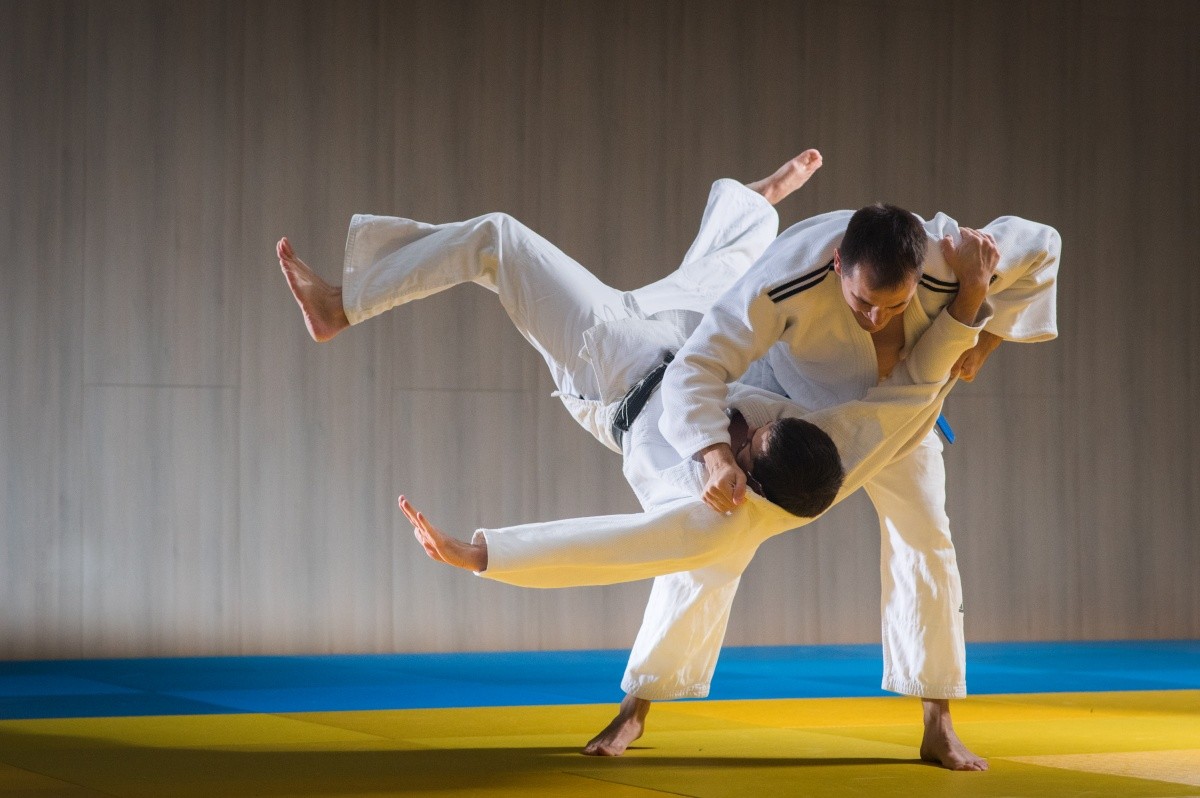
What is the difference between martial arts and sports?
Traditional Japanese martial arts often include the word "do" (道), which means "way" or "path." Famous Olympic sports like judo and karate, and Japan's national sport, sumo, are not just about competing in strength but are considered "paths to human development" that integrate mind, technique, and body, making them different from typical sports.
Sports Originating in Japan
KEIRIN

Keirin is a sport that originated in Japan. It is a competition where cyclists race on a track, called a "bank," to determine the order in which they finish. The sport is not just about speed; strategy plays a crucial role, and tactics are a key element that makes it exciting. Keirin is a public competition in Japan based on bicycle racing laws, and its history began during the post-war reconstruction period. After World War II, Japan was economically struggling, and in 1948, keirin was introduced to generate new revenue and provide entertainment for the public.
The first race was held on November 20, 1948, at the Kokura Keirin track in Fukuoka Prefecture. To this day, many fans enjoy betting on the race results. Part of the proceeds are used to support various activities that contribute to the improvement of sports and social welfare. In the 2000 Sydney Olympics, "Keirin" became an official event, and at the 2008 Beijing Olympics, Japanese cyclist Kiyofumi Nagai won a bronze medal. Keirin is a professional sport that represents Japan.
In recent years, "Girls' Keirin" has gained popularity. The "Women's Keirin," which had been held alongside men's keirin for 15 years, was discontinued in 1964 but was revived in 2012 as "Girls' Keirin." Following the inclusion of "Women's Keirin" as an official event in the London 2012 Olympics, the sport was strengthened to develop athletes who could compete on the world stage. The bikes used in girls' keirin are very different from the men's; they feature colorful designs and carbon frames.
Gateball
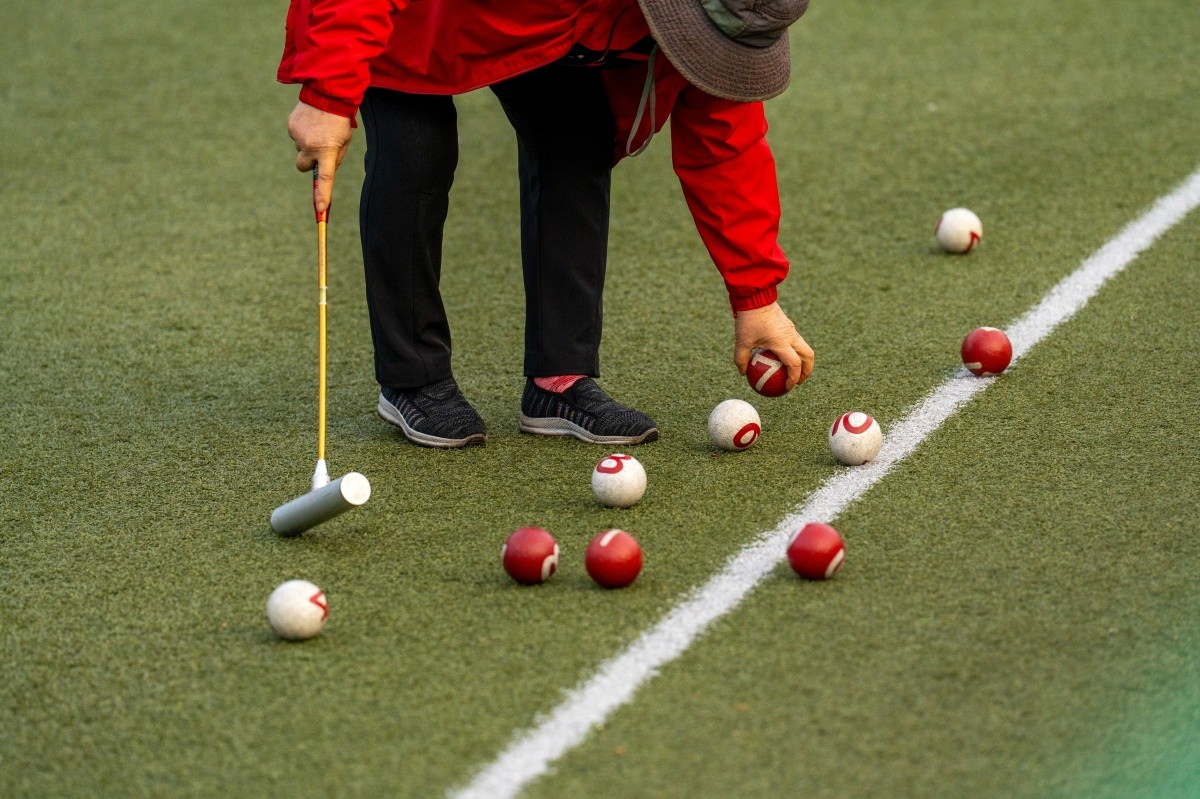
Gateball is a sport that originated in Japan. It involves using a stick to strike a ball through gates on the field. It was created in 1947 in Hokkaido during the post-war chaos, inspired by the traditional European sport of croquet. The sport was designed with materials available at the time and aimed to be a fun activity for children. Today, it is enjoyed in over 50 countries and regions, mainly in Asia, and an international tournament is held every four years to determine the world champion.
Gateball has three main attractions:
- The team must work together to aim for victory. Even if one player is excellent, they cannot win alone.
- Strategy is essential. Rather than just competing to pass through gates, players must plan their moves and work as a team.
- Known as a "universal sport," it can be enjoyed by people of all ages, genders, physical conditions, and languages.
Gateball is particularly helpful for maintaining health and promoting interaction among elderly people due to its low physical burden.
Soft Tennis
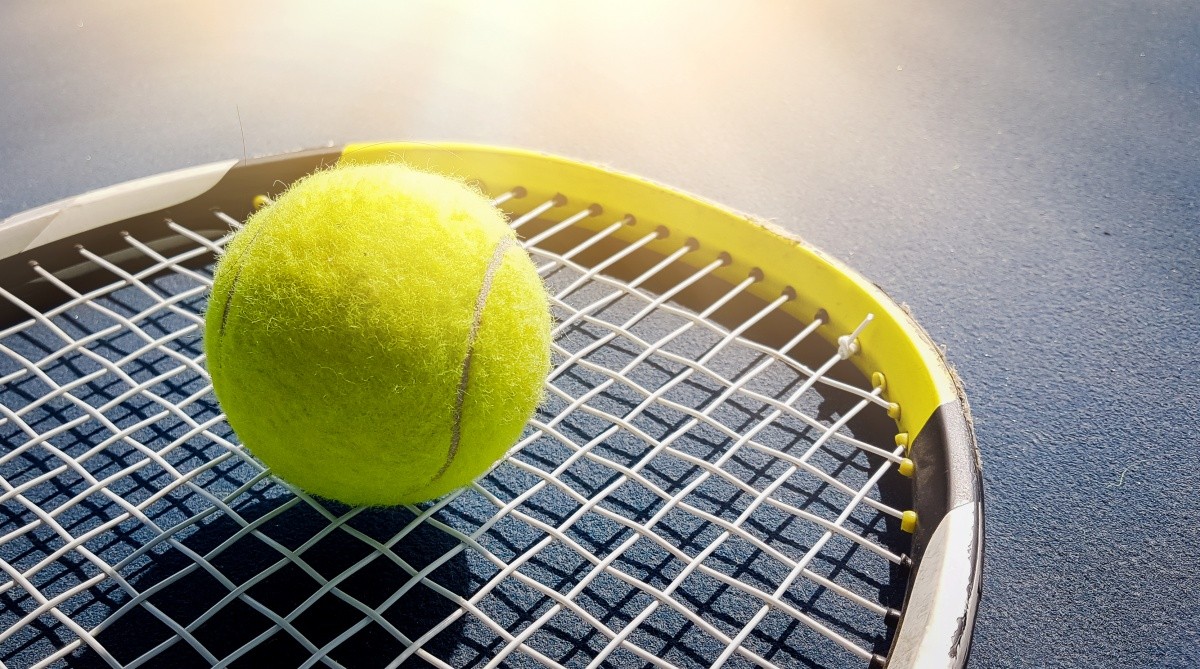
Soft tennis is a sport originating in Japan, using rubber balls instead of the traditional tennis balls. It was devised in 1884 by Gendo Tsuboi, a teacher at Tokyo Higher Normal School, as a variant of the tennis game that had been introduced from England in the 1880s. The original tennis balls were expensive, and it was difficult to spread the sport. Soft tennis became more widespread after the production of domestic rubber balls in 1890. In 2002, the name "Soft Tennis" was adopted to promote internationalization.
Soft tennis differs from regular tennis in several ways, including the ball, rackets, net height, and rules. It is a more accessible sport, making it popular for school sports and community games. The 2003 World Championships saw a record 30 countries participate. Today, international tournaments are held regularly, and the sport is popular in Asia, with around 540,000 participants worldwide.
Sports Chanbara
Sport Chanbara, often called "Spochan," is a sport originating in Japan, created in 1971 by Tetsuto Tanabe. It was inspired by the traditional children's game "Chanbara" (sword-fighting play) in which children would run around waving sticks in the fields. Tanabe adapted this into a safe and healthy sport for all ages.
Sport Chanbara involves the use of airsoft swords and protective gear, allowing participants to experience sword fighting safely. The basic principles of Sport Chanbara are "fairness and safety" and "freedom." The sport was designed to be accessible to people of all ages and nationalities. It has gained popularity internationally and is also beneficial for children's development and elderly participants looking to stay active.
Sports Snowball Fight ®

Snowball fights were traditionally a children's game enjoyed worldwide, but it was Japan that formalized it into a competitive sport. It originated in 1988 in Sobetsu Town, Hokkaido, with the idea to revitalize the region during the winter months when tourist numbers dropped. Since then, it has grown into a sport enjoyed by people of all ages. It is now played internationally, following rules set by the Japan Snowball Fight Federation.
In this sport, teams of seven players compete to either knock over a flag placed in the opponent's area with snowballs or hit all opposing players with snowballs. Snowball fights require not only physical skill but also teamwork, strategy, and experience. While it is popular as a winter sport, it can also be played with balls instead of snowballs in places without snow, making it a year-round activity.
Portball
Have you heard of the sport called Portball? It is commonly played in Japanese schools, so it is well-known among Japanese people. Portball originated in Sakai City, Osaka Prefecture.
Portball is similar to basketball. Two teams compete on the same court with one ball. They pass or dribble the ball to try to score by throwing it to a teammate standing on a platform. The key difference from basketball is that the goal is a person (the "goalman"), not a hoop.
Why is it called Portball? Sakai City, where the sport was created, developed as a trading city. The sport was inspired by the image of transporting goods from port to port, which led to the name "Port," meaning harbor in English. Portball is a team-based game where everyone participates, and it is an excellent option for children who may struggle with other sports.
Beach Rugby
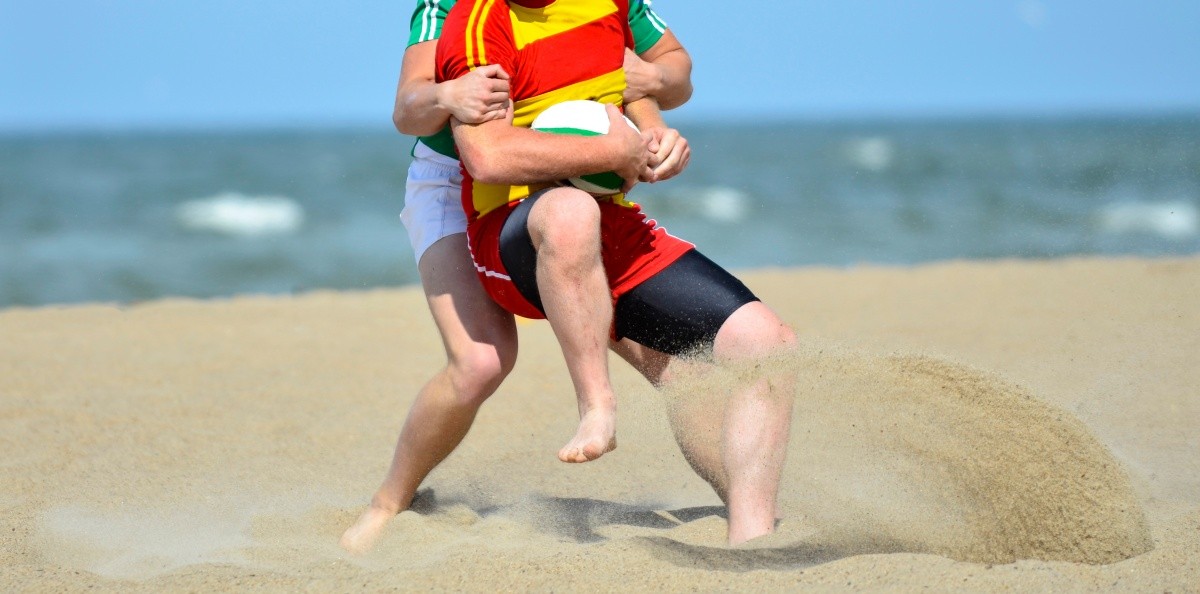
Beach rugby is a sport born in Japan, played on the sand. It was first introduced in 1990 as "Beach Touch Football," later renamed "Beach Football" in 1993, and finally "Beach Rugby" in 2013. This sport combines elements of American football and rugby, with teams of five players competing. To avoid injury, tackles are replaced with touches using both hands, and there is no intense physical contact. When a player is touched, the attack restarts from that spot, and after five touches, the teams switch roles.
Due to its unique environment, beach rugby is affected by weather conditions but offers a different charm compared to regular rugby. It is expected to become an Olympic event in the future.
Mind Sports Originating in Japan
Othello
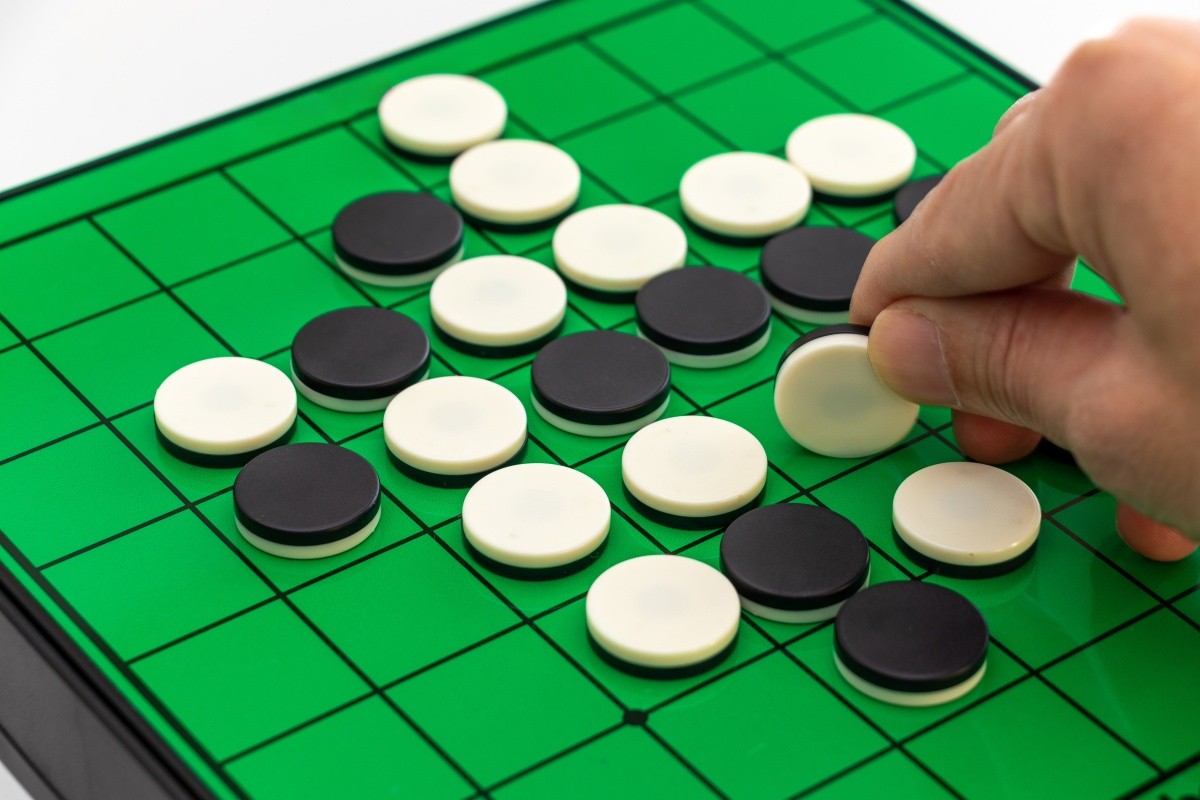
Othello is a mind sport that originated in Mito City, Ibaraki Prefecture, Japan. In September 1945, just after the end of World War II when there were no games for children to play, Goro Hasegawa, a former middle school student (equivalent to today's high school students), came up with the idea. He invented a game using the stones from the traditional Japanese game of Go, where players capture their opponent's stones by surrounding them. This became the prototype for Othello.
Why was it named "Othello"? The name comes from Shakespeare's play Othello. The way characters in the play constantly switch allegiances, just like the stones in the game flip over, inspired Hasegawa’s father, a scholar of English literature, to name it after the play.
The green board of Othello also comes from the play, representing the green plains in the setting. Initially, Go stones were used in Othello, but later milk bottle caps were employed instead. At the time, milk was sold in glass bottles, and the caps, which were made of thick, waterproofed paper, were the right size and durability for the game. The size of these caps is very similar to the current Othello pieces.
In 1973, Tsukuda Co., Ltd. commercialized the game, and it became a massive hit. Today, Othello has enthusiasts in over 70 countries and international tournaments are held.
👉Buy Othello on Yahoo! Shopping
Japanese-Origin Sports Manufacturers
ASICS (Asics Corporation)
ASICS is a Japanese-origin sports manufacturer founded in 1949 by Kihachiro Onitsuka in Kobe, Hyogo Prefecture. Inspired by the ancient Roman phrase “Anima Sana In Corpore Sano” (A sound mind in a sound body), Onitsuka started his company, originally named Onitsuka Co., to create sports shoes for young people to promote physical and mental health.
The acronym "ASICS" is derived from the phrase, and the company started by producing basketball shoes, a product that was considered particularly difficult to make at the time. Onitsuka's philosophy was that overcoming the highest hurdles at the start would lead to success in overcoming future challenges. After multiple improvements, the first ASICS basketball shoes were released in 1950.
Over the years, ASICS has continued to innovate and produce various sports equipment, especially excelling in running shoes, which are favored by runners worldwide. Today, ASICS manufactures a wide range of sports gear and apparel, including for baseball, soccer, and tennis.
Mizuno (Mizuno Corporation)
Mizuno was founded in 1906 in Osaka by Rihachi Mizuno and his brother Rizo. Inspired by American baseball culture, the Mizuno brothers worked to improve and spread baseball in Japan. They started selling baseball goods, including baseballs, and have been committed to supporting the development of baseball and high school baseball in Japan. Mizuno has continued to receive support from top athletes, including professional baseball players.
Initially focused on baseball equipment, Mizuno expanded into various other sports, becoming the first in Japan to sell ski equipment and develop and sell golf clubs. Mizuno continues to manufacture sports goods for various disciplines, including tennis, swimming, soccer, and athletics.
DESCENTE
Descente was founded in 1935 in Osaka by Takeo Ishimoto under the name "Tsuruya." Since its inception, the company has focused on its mission to provide "the joy of playing sports for everyone," continuously innovating both in terms of technology and design in sportswear.
In the 1950s, Descente began focusing on ski wear development, and in 1961, the company changed its name to Descente Co., Ltd. "Descente" is French for "descent," and the company’s distinctive spirit mark represents the basic ski techniques of straight descent, slalom, and side slipping.
Descente's ski wear, known for its high functionality and design, has been widely supported by skiers. The company also provides products in various other sports, including baseball, golf, and training.
Reference Site
- KEIRIN GUIDE:https://keirin.jp/pc/static/beginner/
- Japan Gateball Coalition: https://gateball.or.jp/
- Japan Soft Tennis Federation: https://www.jsta.or.jp/
- Sports Chanbara Official Website:https://www.internationalsportschanbara.net/jp/
- Japan Snowball Fight League ®: https://jyf.or.jp/
- Mito City: https://www.city.mito.lg.jp/index2.html
- ASICS :https://corp.asics.com/jp
- Mizuno:https://corp.mizuno.com/jp
- DESCENTE:https://www.descente.co.jp/jp/




Comments